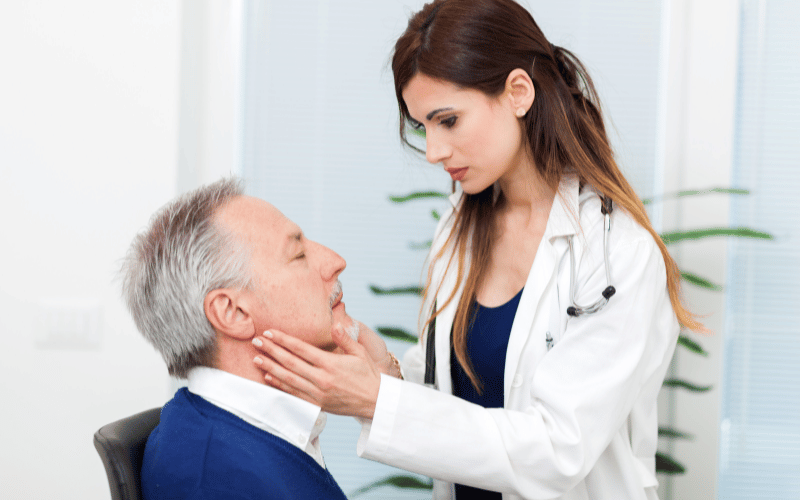Introduction: Why Knowing the Symptoms of Follicular Lymphoma is Critical

If you’ve stumbled upon this article, chances are you’re looking for authoritative, actionable information on Follicular Lymphoma (FL), a type of non-Hodgkin lymphoma. The good news is that this condition is generally slow-growing, which means that early detection can result in more effective treatment options.
Unfortunately, the flip side is that FL symptoms are often subtle and easy to overlook or dismiss. In other words, knowing what signs to look for can mean the difference between timely treatment and missed opportunity.
In this indispensable checklist, you’ll find a detailed breakdown of the 10 most common symptoms of FL. By the end of it, you’ll know exactly what to keep an eye out for, significantly upping the odds of a successful health outcome.
The reality is, when it comes to cancerous conditions like FL, every piece of knowledge serves as an armor against an invisible enemy. This disease, unlike others, often flies under the radar, deceiving both the patient and sometimes even healthcare providers.
Early symptoms are often so mild that they can easily be mistaken for common ailments or the natural effects of aging. That’s why we’ve invested the time to delve deep into each of these symptoms, offering far more than a surface-level overview.
When you finish reading this article, you’ll find yourself armed with the kind of detailed, nuanced understanding that could literally save lives. You’ll know what symptoms to look out for, how they manifest differently in different people, and most importantly, when it’s time to take action. So, let’s cut to the chase and delve into the symptoms that you absolutely need to be aware of.
1. Swollen Lymph Nodes: The Silent Harbingers of FL

Swollen lymph nodes are often the earliest detectable sign of FL. These lumps are most commonly found in the neck, armpit, or groin. Unlike nodes swollen due to a cold or other infection, those affected by FL are usually painless. They can often be overlooked, brushed off as nothing more than a minor inconvenience.
Many conditions can cause lymph nodes to swell, but what sets FL apart is the absence of pain and the persistence of the swelling over time. In other words, if you’ve noticed a swollen node that’s sticking around longer than usual, it may be time to schedule a check-up(1)